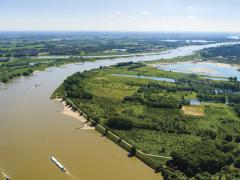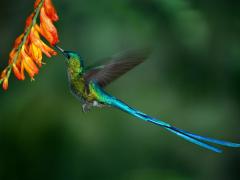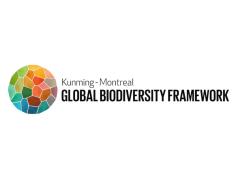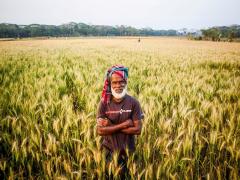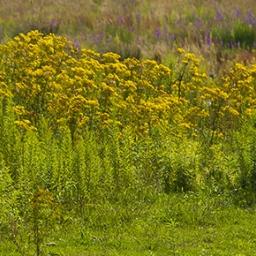Bending the curve of terrestrial biodiversity
A new international scenario-based modelling study suggests that ambitious action can reverse the trend of terrestrial biodiversity loss resulting from habitat conversion. This requires an integrated portfolio of measures including area-based conservation, restoration of degraded land and a transformation of the food system. The study, led by the International Institute for Applied Systems Analysis (IIASA), is published in Nature on September 10th.
Global terrestrial biodiversity has been declining at an alarming rate for many years now, with habitat conversion as one of the main drivers. To halt or reverse this downward trend, it is important to know what is needed to make a change. A large international consortium, including several researchers from PBL Netherlands Environmental Assessment Agency, set out to explore strategies to reverse global biodiversity trends by 2050. “We wanted to assess whether it might be feasible to bend the curve of declining terrestrial biodiversity due to current and future land use by 2050, while avoiding jeopardizing our chances to achieve other Sustainable Development Goals (SDGs),” explains study lead author and IIASA researcher David Leclère. “If this were indeed possible, we also wanted to explore what type of actions would be required.”
An integrated package of measures
For global trends of terrestrial biodiversity as affected by land use to stop declining and start recovering by 2050, the researchers concluded that action is needed in two key areas: 1) increasing conservation and restoration efforts (for example, increasing protected areas) and 2) transforming the global food system in order to reduce the need for agriculture land (for example, through sustainable intensification, reduced food waste, or a lower share of animal products in future diets). Only an integrated and comprehensive ‘package’ of measures would allow to feed the growing human population while reversing global terrestrial biodiversity trends induced by habitat conversion. Action in only one domain would not achieve this result and could also lead to unwanted side effects such as rising food prices.
Using multiple models to explore the future
Biodiversity loss is complex and models are inherently uncertain. The researchers therefore used a range of global models and scenarios to assess pathways that could materialize the 2050 vision of the UN Convention on Biological Diversity. Among these models are PBL’s biodiversity model GLOBIO , PBL’s integrated assessment model IMAGE and the global economic model MAGNET from Wageningen University & Research (WUR). “One of the key strengths of this study is that we used an ensemble of biodiversity and integrated assessment models, which helped us to assess the influence of model uncertainty on the outcomes. All the model combinations that we used indicate that the integrated restoration scenario leads to biodiversity recovery, thus giving more confidence in the results”, says Aafke Schipper, biodiversity researcher at PBL and Radboud University and co-author of the study.
Future work needed
The study focused on habitat conversion as a main threat to terrestrial biodiversity. However, there are various other threats to biodiversity, including for example pollution, infrastructure and climate change. Further work is needed to more systematically incorporate other relevant biodiversity threats in upcoming scenario studies. Nevertheless, the result of this multi-model assessment indicate that bold conservation efforts and food system transformation are central to an effective post-2020 Global Biodiversity Framework.

Authors
Specifications
- Publication title
- Bending the curve of terrestrial biodiversity
- Publication date
- 10 September 2020
- Publication type
- Article
- Page count
- 24
- Publication language
- English
- Magazine
- Nature
- Issue
- 2020
- Product number
- 4275
